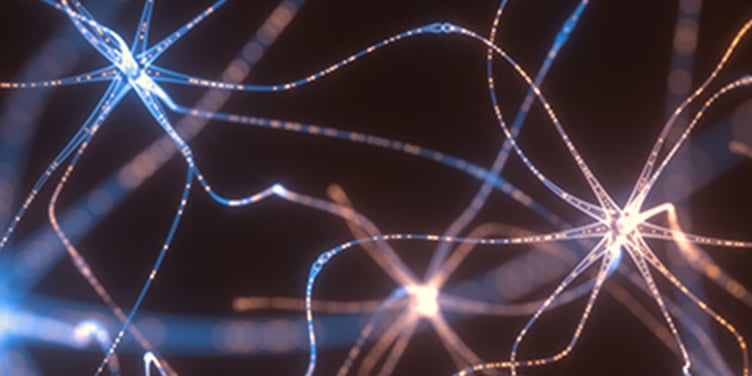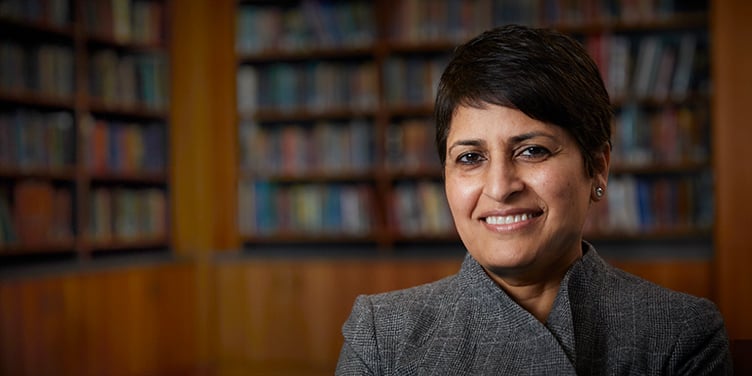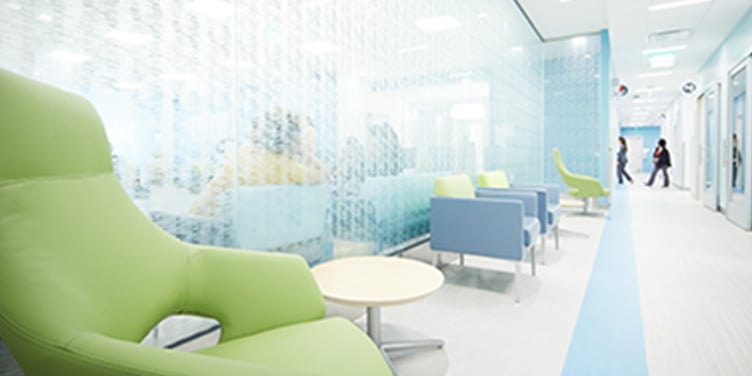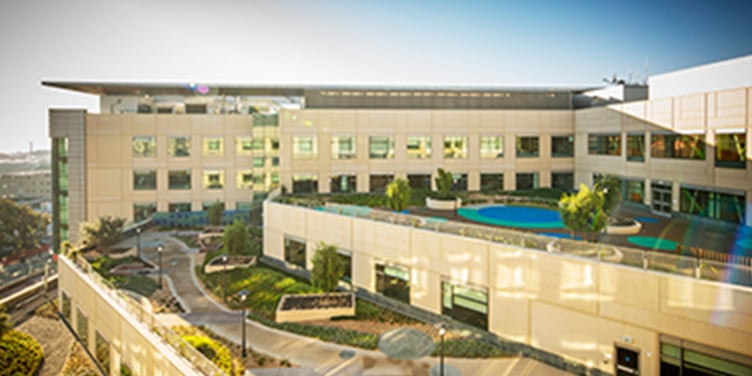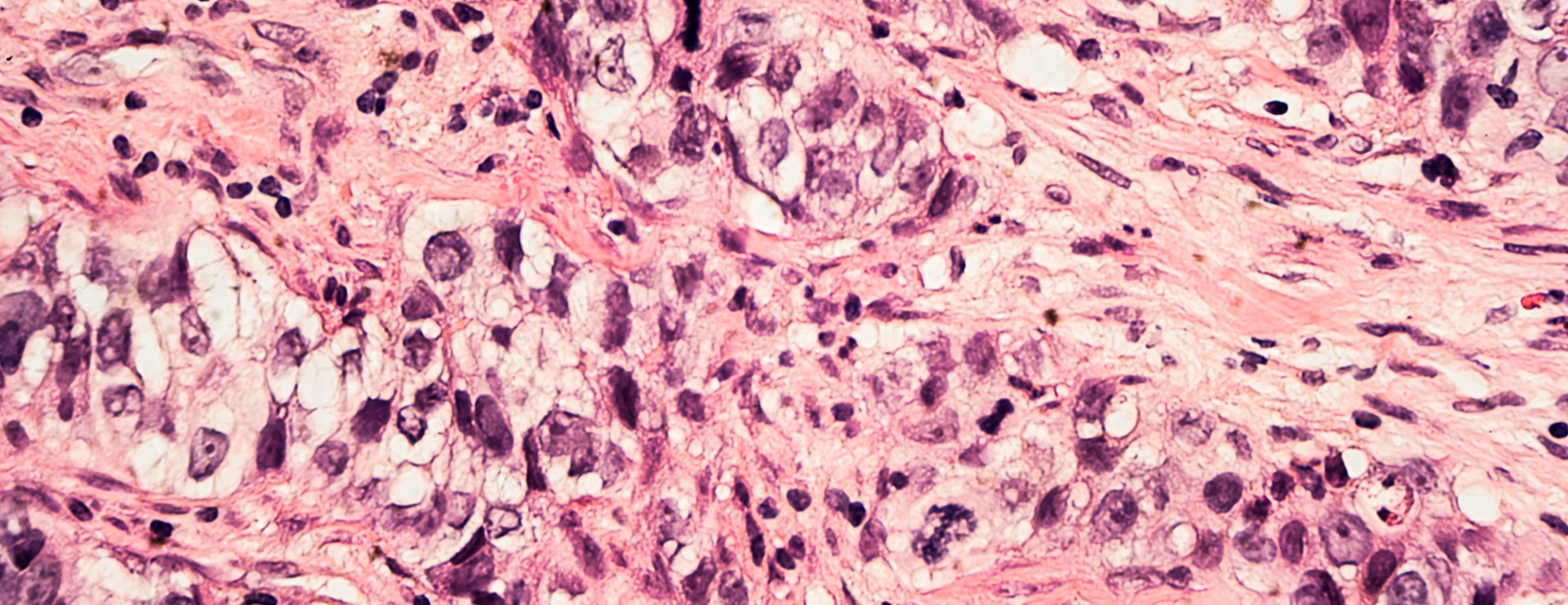
Biopsy for Breast Cancer Diagnosis: Stereotactic Core Biopsy
Stereotactic core biopsy was developed as an alternative to surgical biopsy. It is a less invasive way to obtain the tissue samples needed for diagnosis. This procedure requires less recovery time than does a surgical biopsy, and there is no significant scarring to the breast.
Your doctor, the radiologist and you may consider this type of biopsy when there is an abnormality found on a mammogram that cannot be felt. The radiologist can make a judgment about whether the procedure is technically feasible and your doctor may recommend it in your particular situation.
Who performs the stereotactic core biopsy?
The stereotactic core biopsy will be performed by a radiologist with help from a radiologic (X-ray) technologist. Before you arrive, the physician will have studied your mammogram to become familiar with the location of the abnormality.
What happens during the procedure?
After checking in, you will be asked to change into a hospital gown and escorted to the biopsy room. The technologist will ask you to lie face down on the special examination table, making sure you are as comfortable as possible. Your breast will be positioned through a special round opening in the table. The table will then be elevated so the doctor and technologist can work from below.
Step I: Finding the abnormal tissue
The first part of the procedure will seem much like your mammogram, except that you are lying down instead of standing up. Your breast will be compressed with a compression paddle, just as it was during your mammogram. A confirming X-ray will be taken to ensure that the area of the breast containing the lesion is correctly centered in the paddle window.
When the position is confirmed, two stereo X-rays will be taken. They are called stereo images because they are images of the same area from different angles. With the help of a computer, the exact positioning of the biopsy needle is determined from these stereo images.
Step II: Biopsy of the abnormal tissue
Using this information, the doctor will then position the device which holds the biopsy needle for the correct angle of entry. Next, the doctor will numb the biopsy area by injecting a local anesthetic into your breast. This will be done with a very tiny needle and you may feel a slight sting in your breast at the injection site.
After the local anesthetic has taken effect, the physician will insert the biopsy needle into your breast. Another set of stereo X-rays will then be taken to ensure proper needle placement. Once placement is confirmed, the physician will tell you to hold very still while the tissue samples are acquired.
When the physician has retrieved all the samples, the compression paddle will be released from your breast. The nurse or technologist will then apply pressure to the biopsy site for five to ten minutes to prevent bleeding. Afterwards, a dressing will be applied which you will wear home.
When will I know the results of the biopsy?
The pathology results are available in less than one week of your biopsy. Your doctor or nurse will inform you of the results immediately when they are available.
UCSF Health medical specialists have reviewed this information. It is for educational purposes only and is not intended to replace the advice of your doctor or other health care provider. We encourage you to discuss any questions or concerns you may have with your provider.

